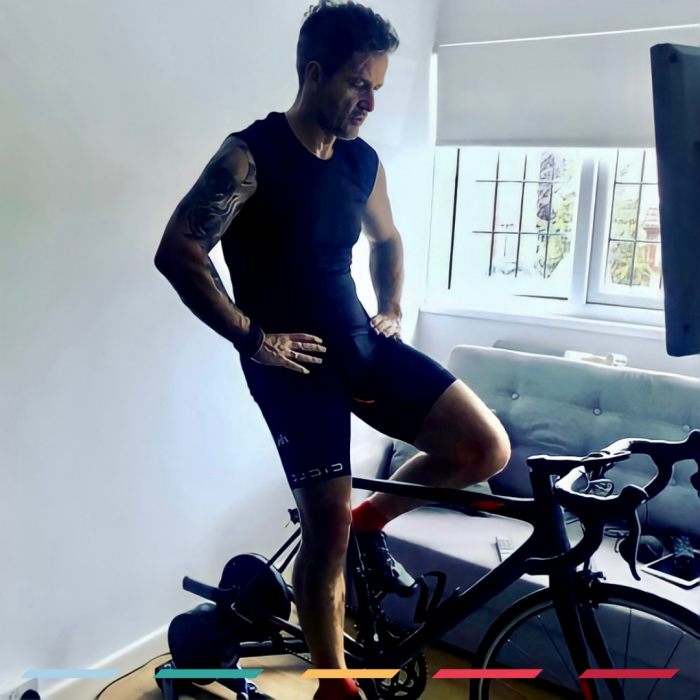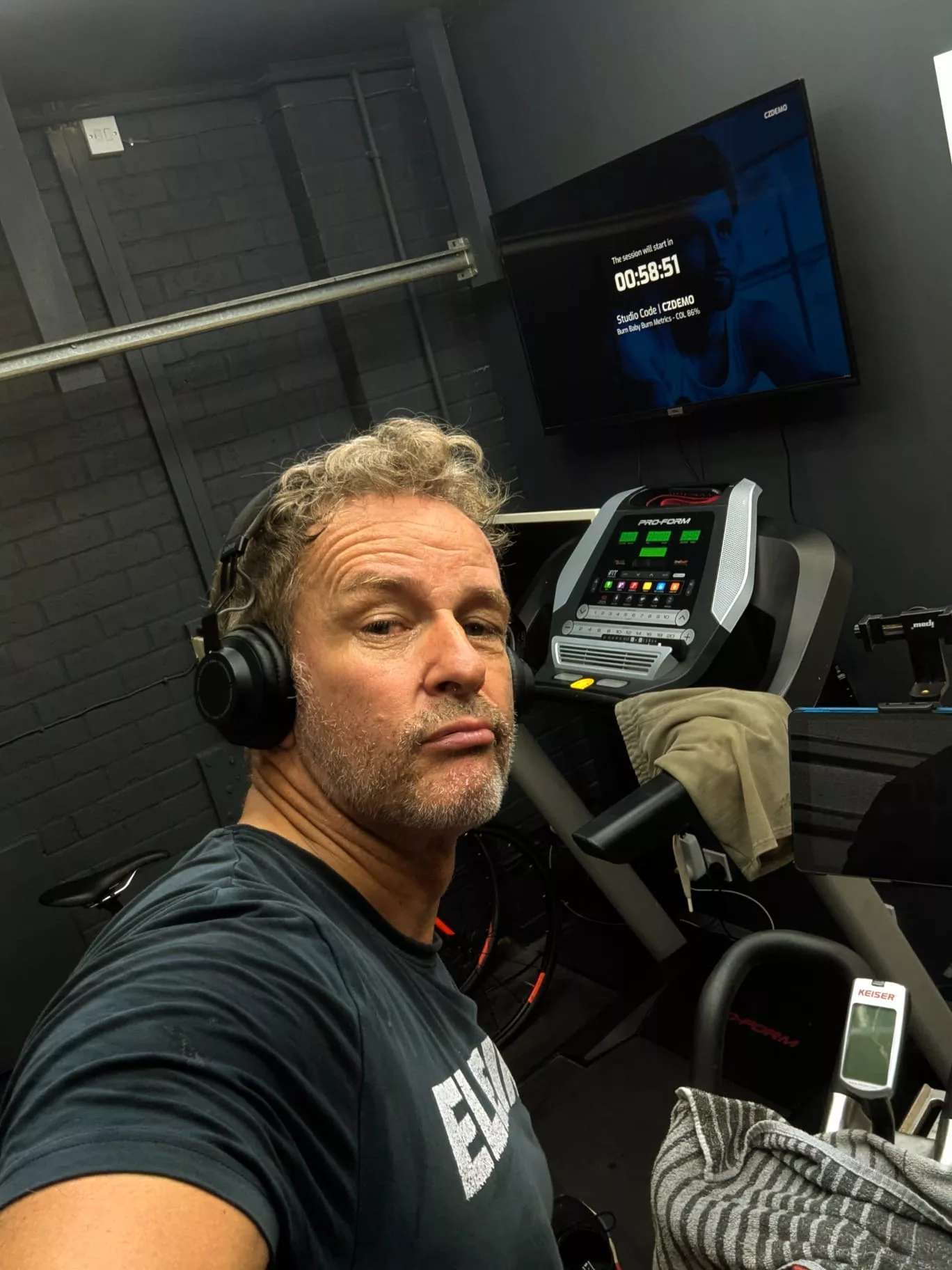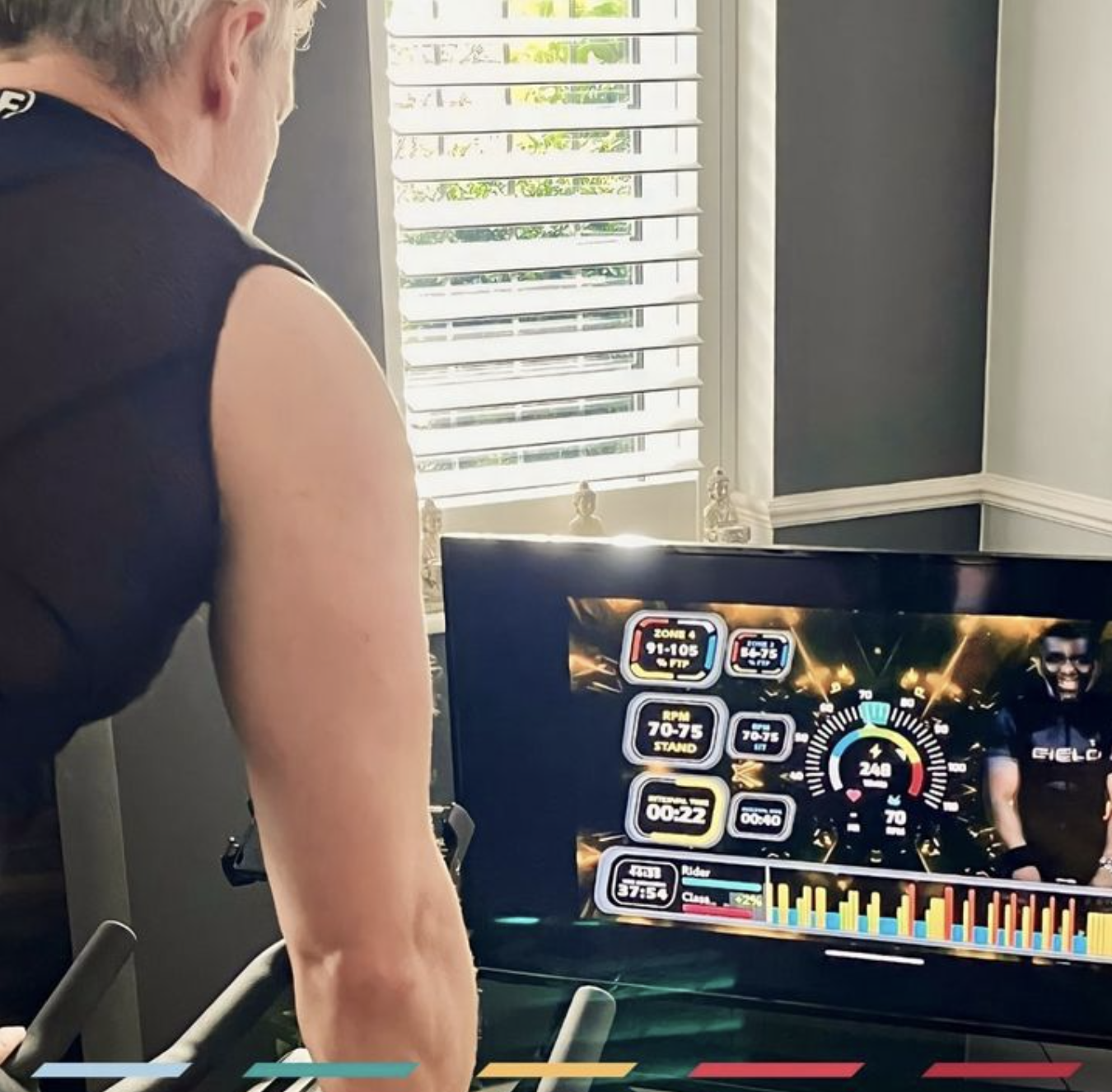Keto style nutrition has, as discussed in my previous blog, some obvious benefits to cyclists and the way we want to expend our energy, but there are some disadvantages too and we have to bear these in consideration before deciding that this is for you.
Let’s start by listing the main challenges that Keto poses for cyclists, which will determine how Keto can be used effectively in cycling.
Research has shown that even though you burn much more fat on Keto, it takes more oxygen to burn all that extra fat and your exercise economy gets worse. Also, your ability to utilise carbs is reduced as a result of fat adaptation. It’s a trade-off, you get better at running on fat at low to medium intensity but you lose some ability to run on sugar at very high intensity.
Most people on Keto stay below 50g of carbs per day, which is very different from the usual 300-500 grams of carbs that is typical to a cycling enthusiast on a high-carb diet.
When you get better at burning fat, it becomes easier to do those long, steady-state rides. But, most good training plans also include things such as threshold intervals and speed work. These types of training are high intensity and your capacity to do them on Keto is very limited.
Similarly, Keto can influence your racing ability. It might be OK when you’re riding on flats in the middle of the peloton, but when it comes to changing pace, attacking hard on a climb, responding to an attack or sprinting to the finish, you just won’t have the same high-intensity capacity as with carb based fuelling. I found a balance within my diet that allowed my body to still utilise sugars and caffeine for short bursts of energy but I have to admit that this balance was extremely difficult to maintain and the cravings that I had for sugars sometimes drove me crazy!
Keto is a very restrictive diet. Limiting carbs to less than 50 g per day means you can’t have any of your typical side dishes such as rice, pasta, bread or potatoes. You also have to abstain from any sweet treats such as milk chocolate, cookies, cakes, sugary beverages, and so on. My balance was found primarily in the intake of a small percentage of sugary treats during my training sessions, which maintained a level of sugar/glycogen capacity to be used during moments of increased power output… although, off the bike sugars were a definite no no and I fought those demons daily. There are so many carb-heavy temptations in the real world that you have to be really committed to Keto to stay on the path. Unfortunately, this is hard, especially when life gets in the way and you have to worry about other things than your diet.
These are quite serious downsides, but do they outweigh the benefits outlined in my previous blog post? It depends on your goals. Let’s try to answer this question for several different scenarios and types of cyclists.
Cutting out carbs and sugar makes it easier to reduce calorie intake and get into a calorie deficit, which is necessary for weight loss.
Here are several scenarios where Keto can be a good idea:
- Short-term Keto to lose weight during the off-season.
- Focusing on ultra-endurance cycling events or sportive rides at weekends.
- Cycling for fun and to stay in shape, mainly doing low to moderate efforts.
Here are a few scenarios where you should avoid Keto:
- You want to train hard and maximise your power potential.
- You don’t do well with restrictive diets.
If you fit into one of the scenarios where Keto makes sense, then you can look forward to my next blog post where I will go over a sample meal plan to get you started.
If you fit into the other scenarios, then carbohydrate periodisation is probably a better choice for you. There is a blog on this topic later in the series so watch this space!




